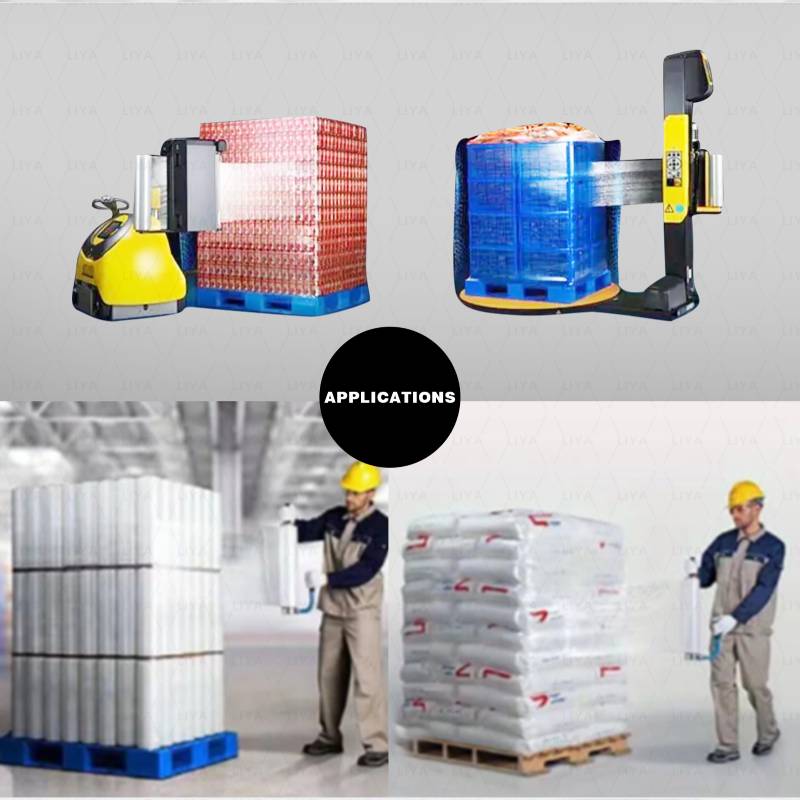Sustainable Paper Strip Packaging Solutions for Eco-Friendly Product Protection and Brand Visibility
The Rise of Paper Strip Packaging Sustainable Solutions for a Greener Future
In recent years, the packaging industry has faced increasing scrutiny over its environmental impact, leading to a substantial shift towards more sustainable options. One such innovation gaining traction is paper strip packaging, a solution that unites functionality with environmental responsibility. This article explores the benefits, applications, and future potential of paper strip packaging, as well as its role in the broader movement towards sustainability.
Paper strip packaging is characterized by its use of flat, flexible paper materials designed to enclose and protect products. Unlike traditional plastic packaging, which contributes significantly to landfill waste and pollution, paper strip packaging presents a cleaner alternative that is both biodegradable and recyclable. This characteristic aligns well with the growing consumer demand for eco-friendly products, prompting manufacturers to adopt sustainable practices across their operations.
One of the most appealing aspects of paper strip packaging is its versatility. It can be used to package a wide range of products, from food items to pharmaceuticals and personal care products. For instance, food manufacturers are increasingly using paper strips to package snacks, candy, and other processed food items. This not only helps to reduce plastic waste but also enhances the consumer experience by providing a more natural and aesthetically pleasing product presentation. Additionally, in the pharmaceutical industry, paper strip packaging is used for blister packs that keep individual doses secure, making it easy for consumers to access their medications while minimizing environmental harm.
The design of paper strip packaging can also provide a myriad of branding opportunities. Businesses can leverage the natural texture and surface of paper to convey their commitment to sustainability through thoughtful designs and messaging. By incorporating eco-labels, brands can communicate their environmental friendliness to consumers, thereby fostering brand loyalty among increasingly environmentally conscious consumers. This has the potential to enhance a company's reputation and differentiate it in a crowded marketplace.
paper strip packaging

While the transition to paper strip packaging presents numerous advantages, it is essential to address some challenges that come with it. One concern is the durability of paper compared to traditional plastic packaging, particularly in terms of moisture and permeability. However, advances in technology have allowed for the development of specialized coatings and treatments that improve the water resistance and sealability of paper packaging, making it a more viable option for various products.
Furthermore, the production of paper requires significant resources, including water and energy. This calls for a careful consideration of sourcing practices to ensure that the paper used is derived from sustainably managed forests or recycled materials. By prioritizing sustainable sourcing, companies can mitigate the environmental impact of paper production and align their packaging strategies with broader sustainability goals.
Looking ahead, the future of paper strip packaging appears bright. With increasing regulatory pressures to reduce single-use plastics, coupled with rising consumer awareness regarding environmental issues, the demand for sustainable packaging solutions is expected to continue growing. As innovations in materials and production processes evolve, paper strip packaging could become a primary means of product delivery across various sectors.
In conclusion, paper strip packaging stands out as a compelling solution in the quest for sustainable packaging options. By combining functionality, environmental consciousness, and branding potential, it offers a multifaceted approach to reducing plastic use and promoting eco-friendly practices. As both consumers and businesses increasingly prioritize sustainability, the transformation of the packaging landscape to include paper strip packaging can contribute significantly to a greener future. Emphasizing collaboration between manufacturers, consumers, and policymakers will be essential in fully realized this potential, paving the way for a more sustainable tomorrow.
-
The Best Uses for Small Trash Bags in Daily LifeNewsJul.01,2025
-
Stylish Reusable Grocery Bags TrendsNewsJul.01,2025
-
Shipping Advantages of Using Bubble Envelopes BulkNewsJul.01,2025
-
How Compostable Mailing Bags Reduce Environmental ImpactNewsJul.01,2025
-
Environmentally - Friendly Bulk Poly MailersNewsJul.01,2025
-
Eco Friendly Custom Laminated Tote BagsNewsJul.01,2025
-
Have the freedom of customizing your custom mailers any way you want! Our dedicated packaging support will help deliver you the mailing experience you need to elevate your shipping experience to the next level! Start making a strong impression on your customers and stand out from your competitors! -
LIYA uses high quality raw materials which directly purchased from large enterprises domestic and overseas such as PetroChina, Sinopec, Sabic, Equate, ExxonMobil, Dow Chemical, Total, and Borouge, ensuring the price advantage and quality of the raw materials. -
LIYA uses high quality raw materials which directly purchased from large enterprises domestic and overseas such as PetroChina, Sinopec, Sabic, Equate, ExxonMobil, Dow Chemical, Total, and Borouge, ensuring the price advantage and quality of the raw materials.





